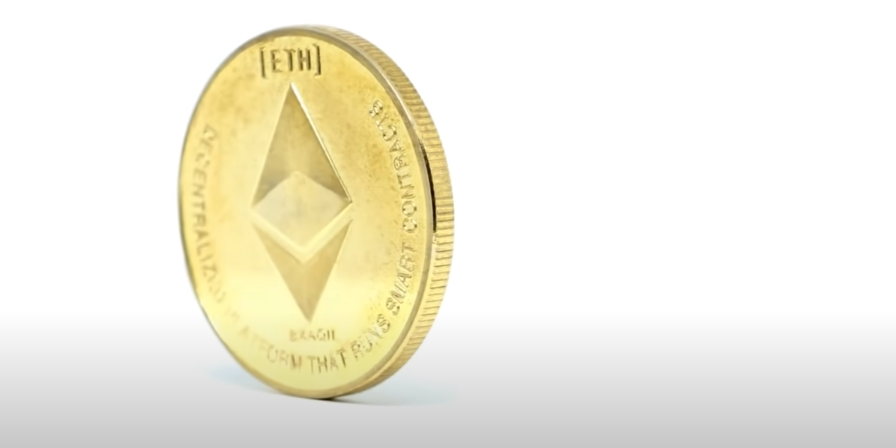In the world of blockchain, Ethereum's Gas fuel mechanism is one of the core elements that maintain the operation of its ecosystem. It is not only a way to pay transaction fees but also a key design for network resource allocation, miner incentives, and abuse prevention. This article will deeply analyze this complex and ingenious system from the perspectives of underlying logic, calculation rules, practical applications, and future optimization directions.
1. The Essence of Gas: Ethereum's "Fuel Economics"
Gas (fuel) is the unit that measures the consumption of computational resources in the Ethereum network, functioning similarly to the gasoline required for a car to run. Every transfer, smart contract call, or data storage operation requires Gas, compensating miners or validating nodes for their computational and storage costs.
Why is Gas necessary?
Preventing network abuse: Without Gas limits, malicious users could exhaust network resources through infinitely looping smart contracts, leading to system paralysis.
Incentivizing miners: Gas fees are the primary source of income for miners packaging transactions, especially after Ethereum transitioned to Proof of Stake (PoS), where validators still need to obtain economic incentives through Gas fees.
Resource pricing: Complex operations (such as DeFi transactions) consume more Gas, reflecting market supply and demand through dynamic fees, ensuring reasonable resource allocation.
The three core parameters of Gas
Gas Price (unit price): The price in ETH that users are willing to pay for each unit of Gas, usually measured in Gwei (1 Gwei = 0.000000001 ETH).
Gas Limit (cap): The upper limit of Gas that a transaction is allowed to consume, preventing unexpected high consumption (such as infinite loops caused by smart contract vulnerabilities).
Gas Used (actual consumption): The amount of Gas actually consumed after the transaction is completed, with fees settled based on this, and any unused Gas refunded.

2. Calculating Gas Fees: From Formulas to Practical Cases
The formula for calculating Gas fees seems simple but hides complex market dynamics:
Fee = Gas Used × Gas Price.
Example:
If a transfer consumes 21,000 Gas (the standard amount for Ethereum transfers), and the Gas Price is set at 50 Gwei, then the fee would be:
21,000 × 50 Gwei = 0.00105 ETH.
Fluctuations in Gas Price: During network congestion, users need to raise the Gas Price to "jump the queue"; for example, during the NFT boom in 2021, Gas Prices soared above 2000 Gwei.
Setting the Gas Limit: If set too low (e.g., below 21,000), the transaction will fail outright, and the fee will not be refunded; setting it too high, while safe, may tie up excess funds.
New rules after EIP-1559:
The "London Upgrade" in 2021 introduced the Base Fee and Priority Fee mechanism:
Base Fee: Dynamically adjusted based on block congestion, directly burned to control ETH inflation.
Priority Fee: An additional tip paid by users to incentivize miners to prioritize their transactions.
Under the new mechanism, Gas Price = Base Fee + Priority Fee, and users need to set Max Fee (maximum unit price) and Max Priority Fee (maximum tip).
3. Optimization Strategies for Gas Fees: Perspectives from Users and Developers
What can ordinary users do?
Choose off-peak times: The network is less busy at night or on weekends, and Gas Prices may drop below 1 Gwei.
Use monitoring tools: Tools like EthGasStation can provide real-time recommended prices, balancing speed and cost.
Wallet auto-optimization: Wallets like MetaMask support predicting reasonable Gas Prices based on historical data.
What can developers do?
Code optimization: Reduce redundant computations and storage operations; for example, using mappings instead of arrays can significantly lower Gas consumption.
Layer 2 migration: Move high-frequency trading to Layer 2 networks like Optimism or Arbitrum, where fees can be reduced by over 90%.
Pre-calculate Gas consumption: Use the eth_estimateGas interface to simulate transactions, avoiding mistakes in setting Gas Limits.
4. Challenges and Future Evolution of the Gas Mechanism
What are the existing issues?
High volatility: During market fluctuations, Gas fees can spike temporarily, hindering small transactions and the adoption of DApps.
Complex user experience: Ordinary users find it difficult to understand parameters like Gas Price and Limit, which can lead to transaction failures or overpayments.
Solutions and trends
Increase in block Gas limits: In February 2025, Ethereum will raise the block Gas limit from 30M to 36M, increasing processing capacity by 20% and indirectly lowering fees.
Sharding technology: By processing transactions in parallel, sharding can significantly enhance network throughput and reduce resource competition for individual transactions.
Zero-knowledge proofs (ZK-Rollups): By verifying compressed data off-chain, low-cost high-frequency trading can be achieved, which is already being applied in some DeFi projects.
5. The Philosophical Significance of Gas Fees: Balancing Decentralization and Market Economy
The Gas mechanism is essentially a microcosm of the market economy in a decentralized world:
Price discovery: Gas Prices are dynamically adjusted through supply and demand, reflecting the real-time value of network resources.
Fairness: The pay-first rule may seem "money-centric," but it actually protects the network from spam transaction attacks.
Sustainability: The burning mechanism introduced by EIP-1559 permanently destroys a portion of ETH, creating deflationary pressure that supports ETH's long-term value.
Ethereum's Gas mechanism is both a technical masterpiece and an economic experiment. From the early simple billing to the complex regulation of EIP-1559, its evolution has always revolved around the triangular balance of efficiency, fairness, and security. As Layer 2 and sharding technologies mature, the high walls of Gas fees are gradually lowering, but as a symbol of the "trust cost" of blockchain, it will continue to accompany us in exploring a more open financial future.
AiCoin official website: www.aicoin.com
Telegram: t.me/aicoincn
Twitter: x.com/AiCoinzh
Email: support@aicoin.com
Group chat: Customer Service Yingying、Customer Service KK
免责声明:本文章仅代表作者个人观点,不代表本平台的立场和观点。本文章仅供信息分享,不构成对任何人的任何投资建议。用户与作者之间的任何争议,与本平台无关。如网页中刊载的文章或图片涉及侵权,请提供相关的权利证明和身份证明发送邮件到support@aicoin.com,本平台相关工作人员将会进行核查。




